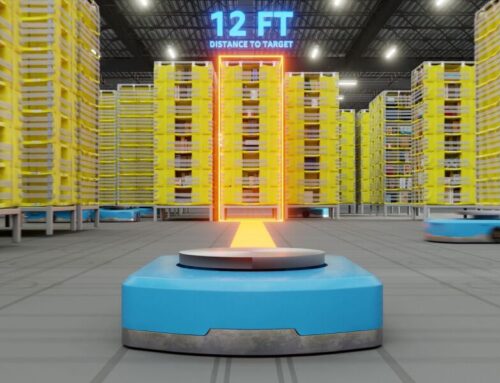Tiruchendur’s shoreline disappearing to coastal erosion
July 1, 2025
In Tiruchendur, a coastal town in southeastern Tamil Nadu, severe beach erosion has dramatically altered the landscape. A large crater — 6 meters long and 2.5 meters deep — recently formed near a popular temple, disrupting access for worshippers and locals. Residents say the beach has become dangerously steep, making it nearly impossible to walk or bathe safely.
In nearby Amalinagar, a fishing village, erosion is also threatening livelihoods. The receding shoreline has created a 3-meter height difference between the beach and their boats, making it extremely difficult to operate and maintain fishing activities.
One suspected cause of the erosion is an offshore jetty built for coal ships at the Udangudi thermal power station.
Environmental activist V. Gunaseelan points out that such heavy marine structures violate a 2022 ruling by the National Green Tribunal, which prohibits construction that could harm coastal ecosystems. According to India’s National Centre for Coastal Research, nearly one-third of the country’s coastline has experienced erosion between 1990 and 2022. While groynes — rock barriers built to manage sand movement — are intended to help, poorly designed ones can worsen erosion by disrupting the natural longshore drift, the process by which sand moves along the coast.
Geo-analytics specialist Raj Bhagat Palanichamy explains that when groynes block the natural flow of sand, it accumulates on one side and erodes on the other. This imbalance has likely contributed to the worsening conditions in Tiruchendur. In response, the Tamil Nadu government is conducting studies to better understand coastal erosion and develop effective, sustainable solutions. The goal is to protect both the environment and the communities that depend on the coastline for their cultural practices and economic survival.
Search
RECENT PRESS RELEASES
Related Post


